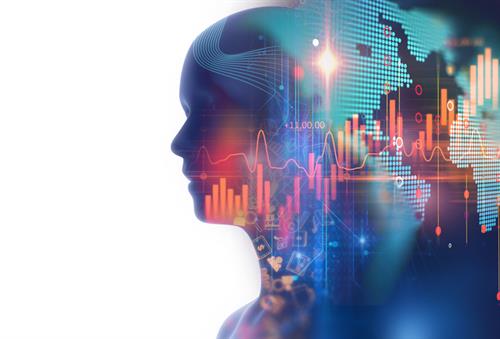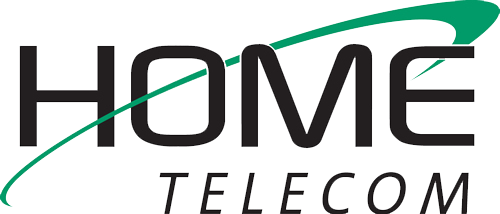
We’ve all heard about Artificial Intelligence (AI), but what exactly is it? AI is the simulation of human intelligence via computer systems and machines. The processes involved in AI include using machines to learn, reason and even self-correct.
The term AI is attributed to John McCarthy. He was an American computer scientist, and while attending The Dartmouth Conference in 1956, this critical term and discipline was coined.
Today, AI encompasses a variety of artificial intelligence means, including robotic process automation and actual robotics. AI has recently gained more recognition, as businesses are using it to help analyze their data, identifying patterns efficiently and gaining more insight into business operations.
There are four different types of AI systems in existence.
- Type 1: Reactive Machines – An excellent example of this type of reactive machine is Deep Blue, an IBM chess program that beat Garry Kasparov, the Russian-Soviet chess Grandmaster, in the 1990s. This program can analyze possible moves and will default to strategic moves, but it cannot rely on memory or past experiences to predict future moves.
- Type 2: Limited Memory – As the name suggests, these AI systems can use some past experiences to make informed decisions about the future. An example of this type of machine is autonomous vehicles. Self-driving vehicles use observations to make informed actions about what may happen in the near future, such as a car braking or changing lanes. However, these types of observations are not stored permanently.
- Type 3: Theory of Mind – This type of machine is named after a psychological term. Theory of Mind refers to understanding that other people have their own desires, beliefs and intentions, which influence the decisions they make. While scientists are working on developing this type of AI, it does not currently exist.
- Type 4: Self-Awareness – When machines can reach this level, they have a sense of self, which means they have consciousness. This means that they would have the ability to understand the current state and use that information to infer what others may be feeling. This type does not yet exist, but an excellent example is the robots in the futuristic “Westworld” on HBO.
So how is AI being incorporated into our everyday experiences?
- Automation – Robotic process automation (RPA) is a primary example of automation. This involves programming something to perform repeatable tasks in high volumes. These tasks are often ones that people do not perform. It is important to note that RPA is different from IT automation, as it can adapt to changing circumstances.
- Machine Learning – The science of having a computer act without specific programming defines machine learning. There are three types of algorithms within machine learning:
- Supervised Learning – Datasets are labeled, which allows patterns to be identified and then labeled as new data sets.
- Unsupervised Learning – Datasets are not labeled, and then they are sorted according to differences and similarities.
- Reinforcement Learning – Datasets also are not labeled, but after performing one action or many actions, the system is given feedback.
- Machine Vision – This type of vision is often compared to human eyesight. It is the science of helping to make computers see. The machine captures and analyzes visual data using a camera. Machine vision cannot be programmed to see through walls, like futuristic x-ray vision.
- Natural Language Processing (NLP) – This involves the processing of human language by a computer program. A great example of this type of processing is spam filters, which analyze the subject line and email text to decide if an email is junk.
- Robotics – This engineering field focuses on designing and manufacturing robots. Robots are then used to perform tasks that involve highly repetitive activities or those that are more difficult for humans. They are found in assembly lines for car production, and even NASA uses robotics in space to help move large objects.
Here are some of the best forms of AI currently in use in today’s businesses:
- Chatbots are used in the healthcare field as they can answer questions and assist medical customers, schedule follow-up appointments and even help patients with their billing. Additionally, virtual health assistants are capable of providing basic medical feedback.
- AI can help assess students and provide tutoring for students that need extra support.
- Many personal finance applications, such as Turbotax and Mint, depend on AI to collect personal data and provide detailed financial advice. Additionally, the software performs many of the trades on Wall Street.
- Attorneys rely on AI to sift through discovery documents in databases.
- Manufacturers are using industrial robots to perform single tasks.
While we may not be living in the space age future we envisioned when watching “Back to the Future,” we are living in a day and age that revolves around AI. We may not see it regularly in daily interactions, but it’s behind the scenes, diligently working to improve our lives.
